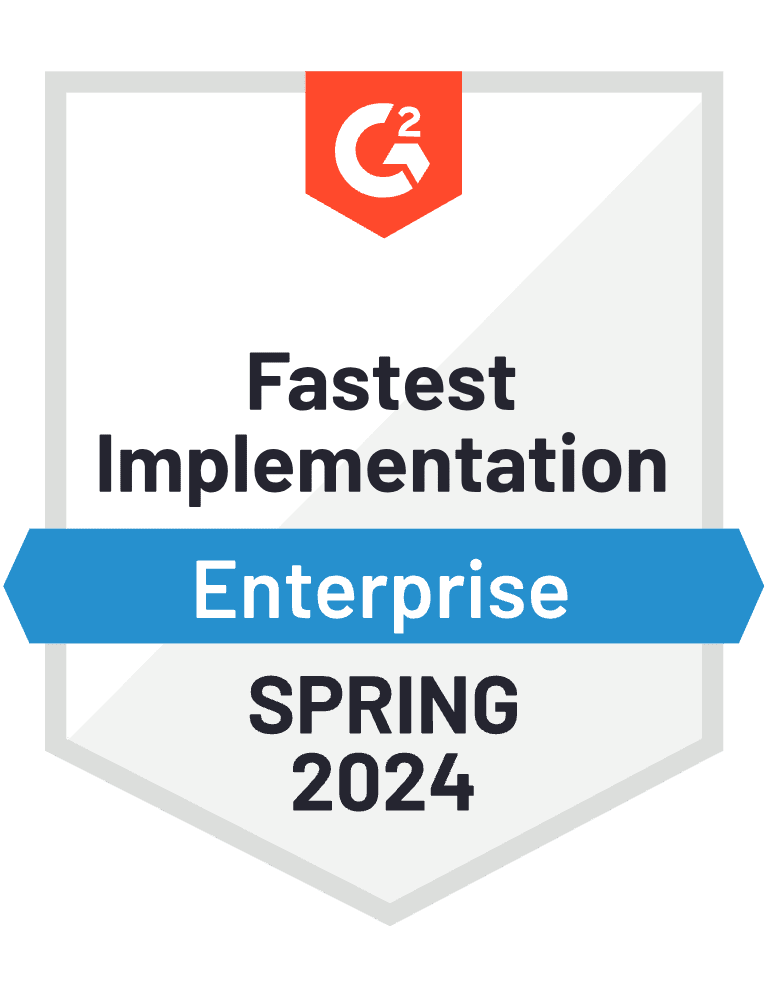Inside this Article:
Definition and Basics
Definition of RFP
A Request for Proposal is a formal document issued by an organization seeking to procure a product or service. It outlines the project’s scope, timeline, and requirements, inviting qualified vendors to submit proposals that will meet the organization’s needs.Historical Context
The concept of RFPs has been around for decades, originating in governmental and large corporate settings to standardize the procurement process. Over time, RFPs have become common in various industries and for businesses of all sizes.When and Why Businesses Use RFPs
RFPs are often used when the requirements for a project are complex and require specialized skills or when multiple vendors are needed to complete a project. They help in ensuring that the procurement process is competitive, transparent, and yields the best value for the organization.Importance of RFPs
The Request for Proposal (RFP) process is a cornerstone in the procurement strategy of many organizations. While it may seem like a cumbersome step, especially for smaller projects or companies, the benefits of issuing an RFP are clear. Below are some of the key reasons why RFPs are important:Standardizing Procurement Processes
RFPs create a uniform framework that standardizes the information received from various vendors. This makes it easier to compare offerings on a like-for-like basis, ensuring that the evaluation process is fair and impartial. For organizations (especially in the public sector) that have to adhere to strict procurement laws and guidelines, RFPs serve as a compliant method for sourcing vendors. Finally, the RFP process provides a paper trail of how decisions were made, which can be crucial for internal audits or if legal issues arise later.Ensuring Competitive Pricing
The RFP process often begins with a period of market research, where the issuing organization gains an understanding of current market rates for the goods or services they require. This ensures that the budget outlined in the RFP is realistic. By soliciting proposals from multiple vendors, organizations can ensure they are getting competitive pricing. This is particularly important for public organizations that have an obligation to taxpayers to obtain the best possible value. Knowing the pricing (and terms) offered by various vendors gives the organization leverage in negotiations, potentially leading to cost savings.Facilitating Transparent Selection
RFPs require that the issuing organization clearly outline the criteria for selection, which minimizes ambiguity and subjectivity in choosing a vendor. Also, since the selection is based on predefined criteria, it is easier to justify the choice of vendor to stakeholders, including internal teams, executives, and in some cases, the public. A well-structured RFP process can help to eliminate or reduce bias by focusing on factual information and defined needs rather than personal relationships or subjective opinions.Encouraging Vendor Accountability
The RFP outlines the scope of work and deliverables expected, providing a basis for performance metrics and milestones. Once a vendor is selected, the terms of the RFP often serve as the foundation for the contractual agreement, making it easier to hold vendors accountable for any shortcomings in product or service delivery. The detailed nature of RFPs means that vendors are well aware of the quality standards they are expected to meet, reducing the likelihood of subpar performance. Essentially, RFPs facilitate clear communication.Fostering Long-Term Relationships
A well-crafted RFP ensures that both the organization and the vendor have aligned expectations, which is crucial for the long-term success of any project. The transparent and structured nature of the RFP process can foster a sense of trust between organizations and vendors, laying the groundwork for future collaborations. The metrics and milestones outlined in an RFP provide a basis for ongoing performance evaluations, helping to inform future procurement decisions and strengthen long-term vendor relationships. The bottom line: the RFP process is not just a bureaucratic step, but a strategic tool that can significantly impact the quality, cost, and success of projects.Key Components of an RFP
- Project Overview: A brief description of the project and its objectives.
- Scope of Work: Detailed description of the tasks, milestones, and deliverables.
- Timeline: Project phases and deadlines.
- Budget: Financial constraints or budget range for the project.
- Qualification Criteria: Requirements that vendors must meet to be considered.
- Submission Guidelines: How and when to submit proposals.
- Evaluation Criteria: Metrics used to evaluate proposals.






